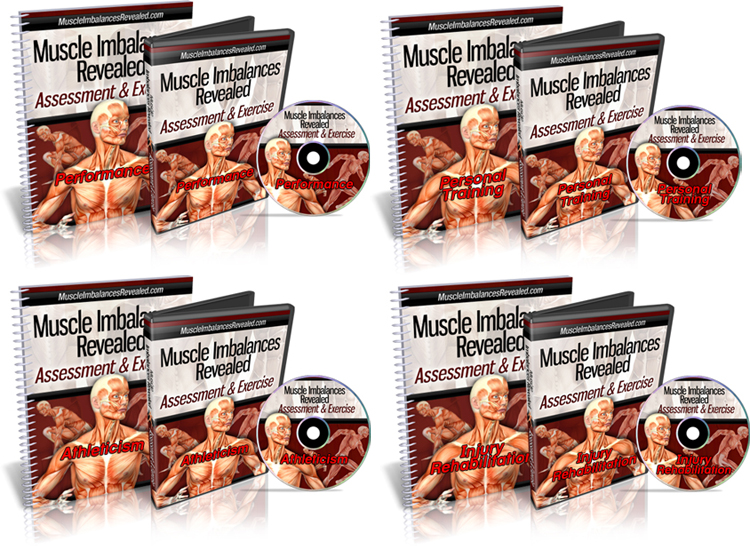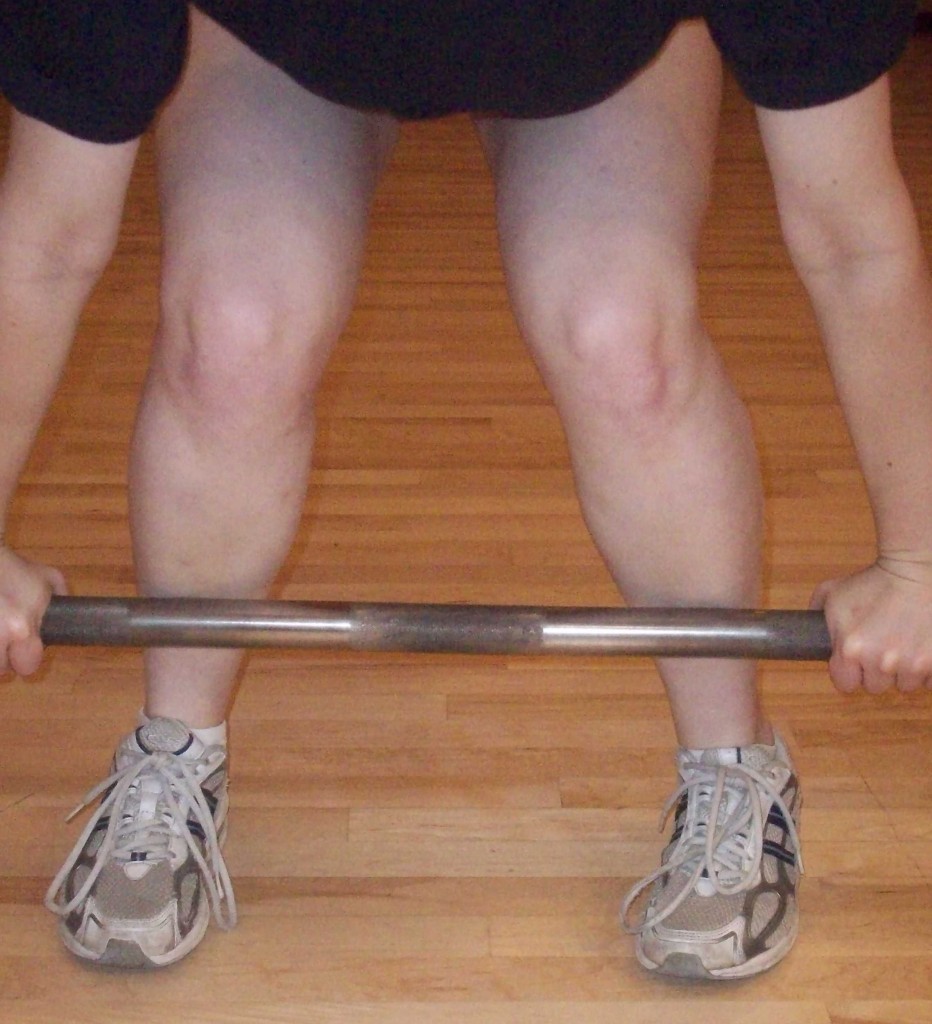Handicapping "Muscle Imbalances Revealed: Assessment and Exercise" Part Two
Yesterday’s post featured part one of my breakdown of the content included in Muscle Imbalances Revealed: Assessment and Exercise, where I discussed the webinars presented by Nick Rosencutter. Click HERE to see what it was all about.
Today I’m going to discuss the presentations put together by Anthony Mychal. Anthony is kind of a unique guy, as he is involved in what he calls “trick training” involving lots of different tumbling, flips, and other ninja style stuff that makes him pretty bad-ass. He also writes for Greatist.com, as well as his own blog HERE. Because he has this different background in training, he brings some of the different aspects of movement to training instead of the typical saggital plane movements that tend to dominate most resistance training programs. I’m all for looking at things through different windows, and I feel he does a great job at delivering that. I’ve really enjoyed Anthony’s writing in the past and was definitely looking forward to seeing what he brought to the table.
Anthony begins with some knowledge bombs of what is involved in being strong versus athletic. One such point is the fact that functional imbalances pretty much have to exist in athletic populations that involve specific movement patterns. Take for example a baseball player, who throws with the same hand all the time or who hits from both sides of the plate. There will definitely be some imbalances in speed and power development from one side to the other, one muscle group to the other, etc, in order to excel at their sport. Additionally, athletes involved in different sports will almost have to have imbalances in specific areas to dominate their sports.
Anthony then moves into discussing hip power and athletic capability. I can’t say enough good things about someone who knows that hips should move and the low back should be stiff and stable. Anthony discusses how higher level athletes seem to be able to use their hips to not only generate force, but to require less force from other segments of the body, such as the knee or the spine, which helps people looking to be active or even athletic save their joints and dominate their sports.
He also breaks down the concept of specificity in positioning, activation and absorption. Using a hip thrust exercise to develop glute strength is fantastic, but isn’t as beneficial for someone looking to jump for distance as a back squat since the movement requires a completely different position. Sure, it may have transferability between the movements, but the position of all joints involved mimics the squat more closely than the hip press when it comes to jumping. An all-around better option would be to simply jump, as it involves the position, load, and speed of movement all in one springy package.
Anthony also talks about one of the most common programming errors I see with a lot of strength training programs: an over-reliance on what muscles create movements and less on training actual movements. If you were to try to break down the simple act of walking into each and every joint and muscle being involve, when they were supposed to move or not move, and how much force they were supposed to use, you wouldn’t get very far very fast. Training movement results in muscles seeing alterations, whereas training muscles to see movement improvement is faulty at best.
I see this all the time when a runner comes in and wants to know what stretch to do to help their hip flexors stretch out. Without throwing my face through a wall at the fact that they run 70 miles a week, I try to adjust how they run, and amazingly they don;t feel the need to stretch their hip flexors any more!! If we were to simply spend the next 5 hours working on “creating length” in those tight old psoas, we would only be leaving with sore psoas that wanted to contract that much harder because of a faulty run pattern.
Imagine throwing all the wood and brackets and nails needed to build a house into a pile and expecting to have a house form out of that pile. Training isolation movements and muscles and calling it a “total body program” is like putting a collection of beams and brackets into a pile and calling it a house.
I love love LOVE the fact that Anthony is also heavily involved in foot mechanics, specifically forefoot mechanics for explosive power development and speed transfer. Far too often I hear people say “squat through the heel,” which in itself isn’t incorrect, but then I see people try to take this strength development into a skillset that requires the weight to be set onto the forefoot, like the active stance in football, basketball, volleyball, etc.
Also, you don’t have much hope in hell of jumping through the roof with your weight on your heels, so learning how to activate and utilize the windlast mechanism through the plantar fascia and arch mechanics can help to create excessive ground reaction forces from your athletic glutes through the floor and into your opponents grill as you start making thunder rain down on them from all directions.
From a corrective standpoint, he hits the nail on the head when he points out that a foot problem is exactly that, a problem with how the foot hits the floor and what it does when the two are in contact. By training hips as is commonly done with a valgus deformation to the knee, we train the symptom instead of the site of the dysfunction.
I really like Anthony’s simple take on assessments, where instead of trying to see if the lateral fibers of the illiacus are contracting synergistically, he looks at how you flex your hip and walk. Crazy, I know, but in many times we can reduce our focus until all we can see is something of no importance whatsoever. If the obturator is tense, who the hell cares?!?! Everything else will be affected as well, and any movement that uses the obturator will show compensation, so train the movements instead of the individual muscles. Getting less specific sometimes gets a more specific result.
Anthony did a great job with his presentation, and I have no doubt you’ll get a lot out of it too. Pick up your copy of Muscle Imbalances Revealed: Assessment and Exercise before Friday evening at midnight and you’ll get it at a steal of a deal. It’s regular price is $97, but for this week only Rick is giving it away for only $37. Get it while it’s hot.
===> GET YOUR COPY OF MUSCLE IMBALANCES REVEALED NOW!!<===


3 Responses to Handicapping "Muscle Imbalances Revealed: Assessment and Exercise" Part Two